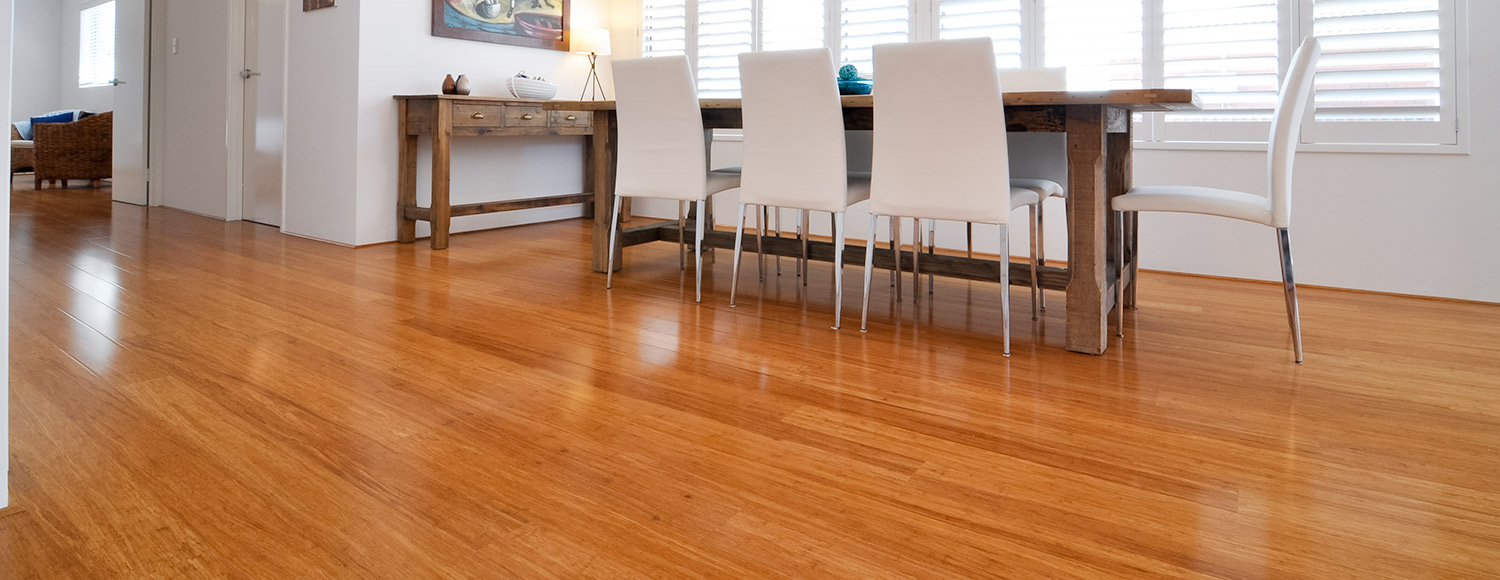Installing a Bamboo Floor -Some Useful Hints and Guidance
Bamboo is attractive, strong, durable and easy to manage. Find out why some prefer bamboo to other hard wood flooring materials.
Those who are choosing flooring for house renovation would do well to consider using bamboo. This material is an attractive proposition for various reasons
It is a solid, hardwood material, superior to the laminated woods and generally stronger than more conventional hardwoods such as oak.
Bamboo is significantly less expensive than standard solid or engineered oak flooring. One would expect to pay 30-50% less for comparable quality.
Bamboo is preferable from an ecological standpoint since bamboo is a renewable source. It is fast growing and does not impact on the world’s precious forests.
Ease of Installation of Bamboo Flooring
Bamboo has some advantages for the home renovator. It is included in Home Extensions process and it has great importance. Bamboo is available in longer planks and comes in narrow and wide formats. It comes in a variety of attractive shades with a ready polished finish. Generally speaking, oak is available only in shorter lengths unless one is prepared to pay a premium.
Bamboo planking comes in either tongue and groove format that click together, or it can be laid down with PVA adhesive between the planks. It can be laid floating over any level floor over a thin membrane. Uneven floors would need to be rectified with a self levelling compound before laying the membrane.
Maintaining a Bamboo Floor in Pristine Condition
It is easy for the home owner to maintain a bamboo floor so that it looks good at all times. Bamboo can be easily cleaned by first vacuuming away any dust or debris and then simply mopping. One can opt to use a non smear floor cleaner in the water to avoid any smears.
Tips for Installing a Bamboo Floor
First decide which direction the planks will lay; generally the length of the plank will go along the line of sight so that it gives an illusion of size in the room, rather than laying the planks side ways on to the main doorway.
The cardinal principle in laying a bamboo floor is symmetry. First gauge how square the room is. If it is not perfectly square, then make the first row as a straight line closest to the wall – laying it down loosely – and then the irregular space left over needs to be filled in and anchored in place. This will ensure that the rest of the floor is laid square.
The first row of planks should be laid so that the offcuts from one end can be re-used at the other end of the next row. This way one has a matching pattern along the edge. As the floor boards are laid it’s a good idea to use a purpose made strap to keep the boards tightly connected until the whole floor is laid.
Bamboo is extremely hard to cut with a saw and so it is recommended to use an electric mitre in order to achieve a clean cut and speed up the job.
Contraction and Expansion of Flooring Materials
Bamboo is a natural living product and so it will expand and contract with temperature variations. It is a good idea to purchase the planks a week or so before installation, to open the cartons and pile the planks loosely in the room in order for them to acclimatise to the temperature.
During installation ensure that spacers are used at the perimeter of the floor so that a 5 -10ml gap is created for expansion. If one ignores this step the floor will buckle during warm weather or when or when the central heating is switched on..
Ensure that the plastic spacers are removed after the floor is installed and before installing the skirting boards. The gap that has been created will be masked by the skirting boards.
Finishing off the Bamboo Floor Installation
Now that the floor is laid simply wash off any excess PVA adhesive with a damp cloth or clean with a well wrung out mop.

